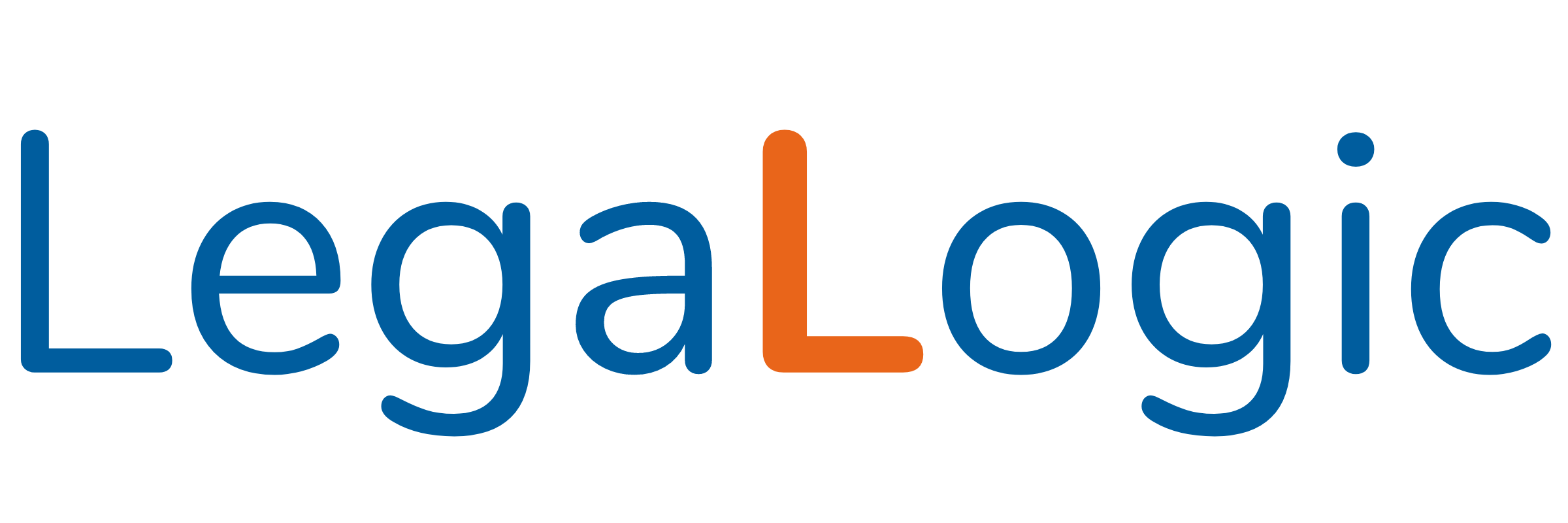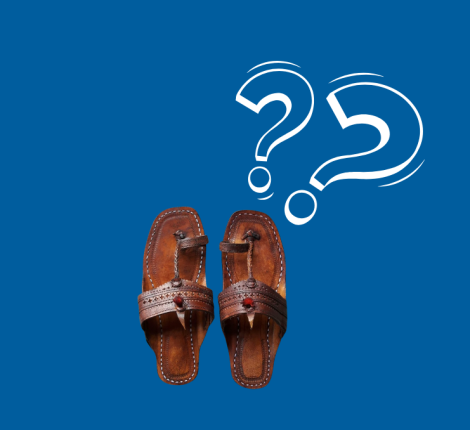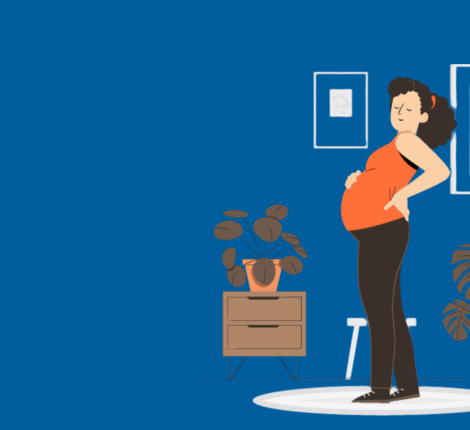IPR Newsletter: Delhivery Private Limited and Treasure Vase Ventures Private Limited-Nov 2020
In May 2020, one of the Delhivery Private Limited`s (“Plaintiff”) employee noticed the use of the impugned mark DELIVER-E on the boxed E-rickshaws at Chhatarpur and Dwarka (areas in New Delhi). The Plaintiff claimed using the trademark ‘DELHIVERY’ since the year 2011 for its logistics and transportation services and that this mark was coined by its promoter in the year 2008. The Plaintiff experienced an exponential growth in terms of sales revenue in the year ending 2019-2020.
They had several trademark registrations for ‘DELHIVERY’ and its and owing to continuous and extensive use since 2011, the mark ‘DELHIVERY’ had come to be associated with the Plaintiff and had acquired secondary meaning. Disputing Treasure Vase Ventures Private Limited’s (“Defendant”) claim that the name was ‘descriptive’. It was argued by the Plaintiff that Delhivery conjugated the words ‘DELHI’ and ‘VERY’ which is an inherently distinctive conjunction and not an appropriation of a dictionary word.
The Defendant refuted Delhivery’s claims stating no visual or structural similarity between the marks and that in terms of phonetic similarity, Delhivery’s mark has two syllables ‘DELHI’ and ‘VERY’ which are English words and the whole mark is pronounced as ‘DELHI’- ‘VERY’, whereas the Defendant’s mark consists of two syllables ‘DELIVER’ and ‘E’ and the whole mark is pronounced ‘DELIVER-E’. The Delhi High Court observed that both marks phonetically were generic English word ‘delivery’ despite addition of H in Delhivery’s mark and replacement of ‘Y’ with ‘E’ in Defendant’s mark. The Court concluded that the mark ‘DELHIVERY’ was phonetically the generic word ‘delivery’ and upheld the position of law that a generic word cannot be registered in one’s favour to the exclusion of others. Delhivery’s claim that its mark was suggestive was also not accepted since the Court observed that the mark ‘DELHIVERY’ was immediately connectable to the delivery services and could not be termed as a suggestive mark.
Upon comparative analysis, the Court noted that marks of both sides were not similar and that corporate clientele of both parties can differentiate between these marks. The Court commented that the claims that Delhivery’s mark has attained distinctiveness and their claims of passing off which involved finding of goodwill, reputation, misrepresentation, damage, suffering was a matter of trial. The Court stated that it was its prima facie view and not an expression on the merits of the suit, the Defendant’s claims were allowed, and the interim injunction was directed to be vacated. “the mark ‘DELHIVERY’ is a phonetically generic word and cannot be registered … So, it follows, there cannot be any claim of passing off.” The court thus believed that, word being phonetically generic, the marks of both sides could co-exist in the market without causing deception or confusion.
Protecting the rights of artist in case of public performances
Section 38 of Copyright Act 1957 says that if any person, during the continuance of performer’s right, without the consent of the performer does any of following acts in respect of the performance or a substantial part thereof, he will be deemed to have infringed the performer’s rights:
• Reproduces a sound recording or visual recording of the performance which was:
(i) Made without the consent of the performer
(ii) Made for the purposes different from those for which the performer has given his consent;
(iii)Made for the purposes other than for the private use, consist of fair dealing or bona fide review, teaching or research.
• Broadcasts the performance except where the broadcast is made from a sound recording or visual recording other than other than for the private use, consist of fair dealing or bona fide review, teaching or research or in rebroadcast by the same broadcasting organization of an earlier broadcast which did not infringe the performer’s right; and
• Communicates the performance to the public otherwise than by broadcast except where such communication to the public is made from sound recording or a visual recording or a broadcast. The following remedies may be availed in a suit against infringement of performers rights under Sections 55 and 63 to 70 of the Copyright Protection Act.
(i) Civil remedies: Under civil remedies, the owner of the copyright, or his assignee or his exclusive licensee or a legatee may obtain (a) injunction or (b) claim damages
(ii) Criminal remedies: In addition to civil remedy the Copyright Act enables the owner of the copyright to take criminal proceedings against the infringer. The offence of infringement of copyright is punishable with imprisonment which may extend from a minimum period of six months to a maximum period of three years or with a fine of the order of Rs 50,000/- to Rs 2.00 lakhs
(iii) Anton Piller order: In appropriate cases, the court may on an application by the plaintiff pass an exparte order requiring the defendant to permit the plaintiff accompanied by solicitor or attorney to enter his premises and take inspection of relevant documents and articles and take copies thereof or remove them for safe custody.
The necessity of such an order arises where there is a grave danger of relevant documents and infringing articles are being removed or destroyed so that ends of justice will not be defeated.
What is Fair Use?
Fair use doctrine was a judicially created doctrine in the case of Folsom v. Marsh (9 F. Cas. 342). This doctrine is one of the most important aspects of Copyright Law which draws a line between a legitimate, bonafide fair use of a work from a malafide blatant copy of the work. A fair use is any copying of copyrighted material done for a limited and “transformative” purpose, such as to comment upon, criticize, or parody a copyrighted work. Such uses can be done without permission from the copyright owner. In other words, fair use is a defence against a claim of copyright infringement. If use of copyrighted work qualifies as a fair use, then it would not be considered an infringement. Fair use supports “socially laudable purposes,” typically, if not exclusively, involving the use of the copyrighted work by a second author. Fair use has to be viewed not as permission to copy but as an exception to the exclusive right of the owner. The underlying rationale of this rule is that the public reaps benefits from your review, which is enhanced by including some of the copyrighted material.
Examples of fair use –
• summarizing and quoting from a medical article on prostate cancer in a news report
• copying a few paragraphs from a news article for use by a teacher or student in a lesson




